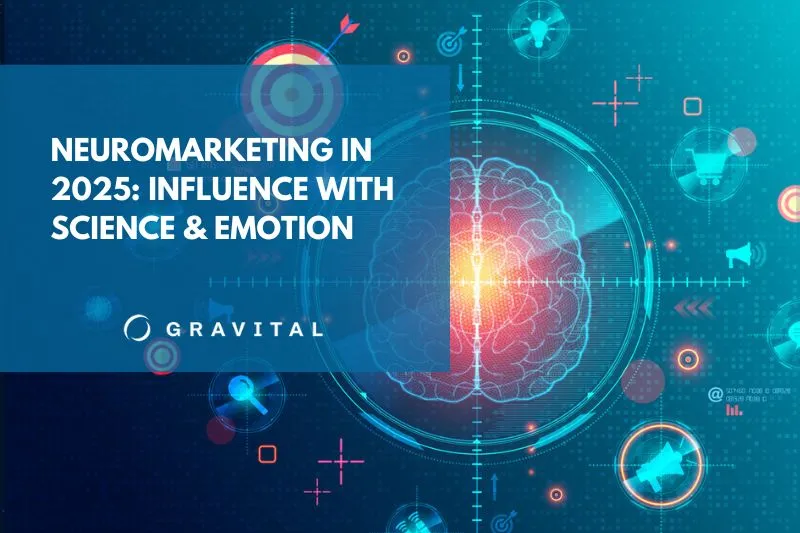These days few businesses can survive, much less thrive, without a strong online presence. Search engine optimization, or SEO, is how brands can increase their online visibility and website traffic, which ultimately helps drive sales.
SEO consists of techniques and best practices that are designed to improve your website’s ranking on search engine result pages (SERPs). By appearing higher on SERPs, your online content can be more easily and quickly found by the people who are looking for your products and services.
Following are some of the top benefits and advantages of SEO
1. Rank
An effective SEO strategy improves your brand’s ranking on search results. A higher position on SERPs usually leads to improved website traffic, including more visitors, better quality of visitors, longer website visits and higher audience engagement [LINKS to GRAV AUDIENCE ENGAGEMENT BLOG POST, main one, not the measure one ], among other desired outcomes.
Websites that rank high on Google’s organic search results pages have a tremendous advantage over those that rank lower. According to an analysis of 4 million Google searches, the No. 1 spot has an average clickthrough rate (CTR) of 27.6%; No. 2 has a 15.8% CTR, and by No. 10, the CTR has dropped to 2.4%. Clickthrough rates drop dramatically after the first page. In fact, only 0.63% of Google users click on search results on the second page.
2. Reach
Most digital marketing campaigns focus on a defined target audience, but SEO can help you reach and attract other consumers, regardless of which stage of the buying journey they’re in. By targeting certain keywords, rather than demographics, you can reach prospects outside your target audience who may be interested in doing business with you.
3. More Customers and Sales
SEO can drive sales. Ranking higher in SERPs means being seen by more people seeking the information, products and/or services you offer. More visibility means more visits to your website, and more visits can translate into more leads, more customers and more sales. Because most of today’s consumers start their search for products and services online, companies across all industries can leverage SEO to increase sales.
If you don’t invest in SEO, your website probably won’t appear on the first page of results, which means that a significant portion of your market probably doesn’t know your business exists.
4. Website Usability/User Experience
Google started prioritizing user experience (UX) as a ranking factor in 2021. All things being equal, websites that are easier to use rank higher than those that are not. As a result, UX has become an important part of SEO. After all, SEO is about making websites more search engine-friendly.
Optimized websites that provide superior UX are more likely to engage visitors. Engaged visitors typically spend more time on the websites, which can lead to conversions and a better return on marketing investment (ROMI).
Companies can boost their websites’ usability by improving page speed, ease of navigation, responsiveness, content quality and backlinks, among other SEO elements.
5. Trust and Credibility
Websites that are deemed credible and trustworthy are ranked higher by the search engines. Effective SEO tactics work to enhance websites’ credibility and trustworthiness, thus helping them appear higher on SERPs and increasing their organic traffic.
6. Brand Awareness
Building brand awareness is one of the top goals of any sound marketing strategy. Although higher brand awareness may not result in immediate sales, it connects brands with their existing and potential customers and improves customer loyalty.
By ranking higher on SERPs, companies can build the kind of brand awareness that eventually generates sales and new customers.
7. Quantifiable Results
Like other digital marketing tactics, SEO can be measured. With SEO, you can track rankings, conversions, website traffic and other key performance indicators (KPIs). Tools, such as Google Analytics, enable brands to carry out detailed analyses of their SEO efforts, from number of website visitors, to the search keywords they use, the pages they interact with during their visits, on-site ads they clicked on, etc.
8. Content Marketing
Content marketing and SEO support each other. Relevant, useful, high-quality content helps websites rank higher on SERPs, while effective SEO supports content marketing by leading visitors to websites that feature relevant, useful, high-quality content.
9. Competitive Edge
SEO that is deployed correctly and consistently gives brands a competitive advantage in two ways:
- Successful SEO provides all of the advantages discussed above (1 through 8).
- Your competitors probably are investing in SEO, and if you don’t, you’re alreadyl behind. Brands that invest in SEO outrank the competition on SERPs and gain market share.
Related Content: SEO Marketing Basics: The 3 Pillars and 5 Tactics Everyone Should Know
Final Thoughts
Today’s consumers rely heavily on the internet to get what they want and need. They use search engines to ask questions and find answers, search for products and services, obtain valuable information, educate themselves and find entertainment. If your brand does not appear on internet searches, it might as well not exist.
SEO brings brands and consumers together, assisting buyers with their purchases and companies with their sales.
To learn how SEO can take your brand to the next level, talk to us today. Our SEO experts are ready to perform a comprehensive audit of your website and design a SEO marketing strategy that will work for your business.


